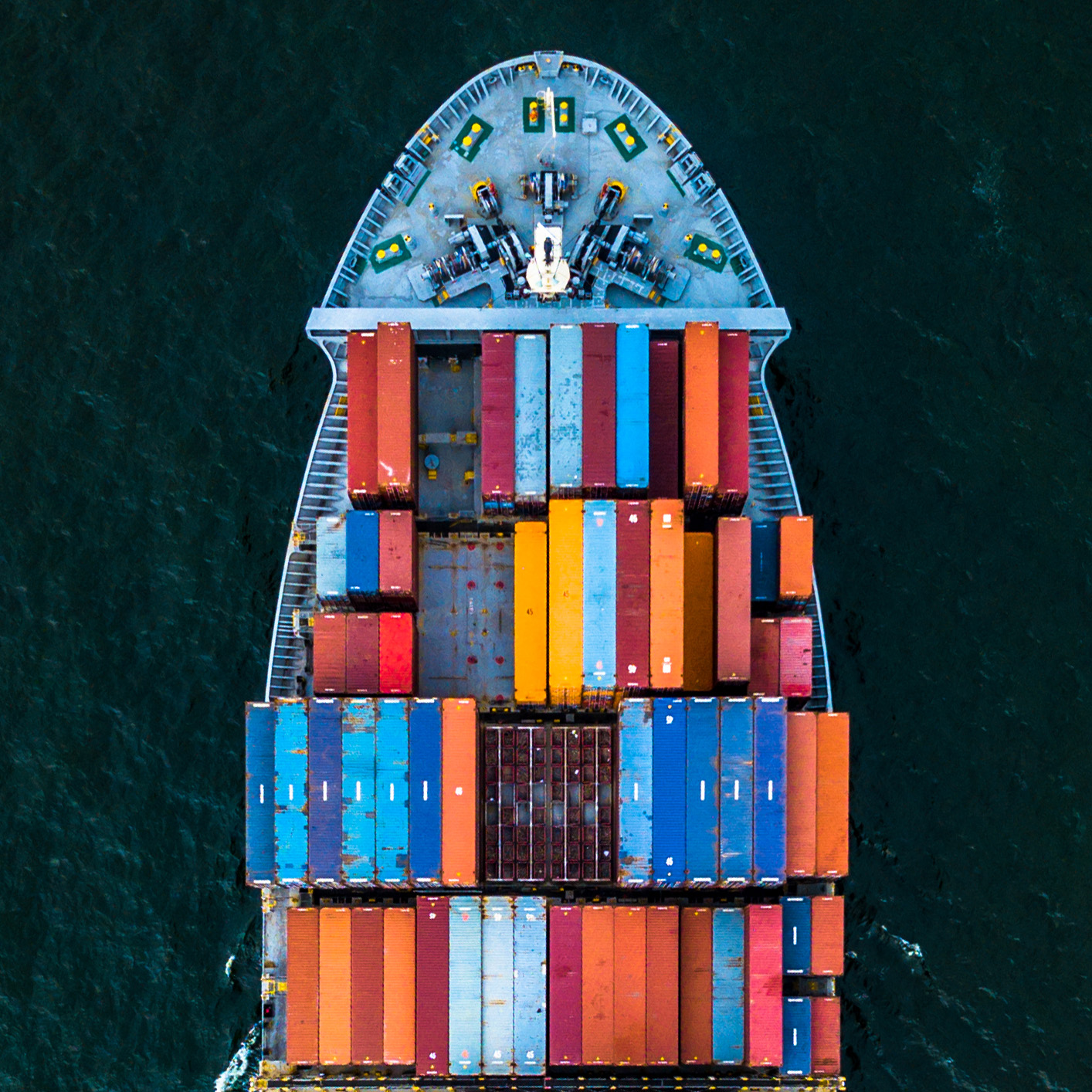Five Compliance Best Practices for … Conducting a Risk Assessment

As an accompaniment to our biweekly series on “What Every Multinational Should Know About” various international trade, enforcement, and compliance topics, we are introducing a second series of quick-hit pieces on compliance best practices. Give us two minutes, and we will give you five suggested compliance best practices that will benefit your international regulatory compliance program.
Conducting an international risk assessment is crucial for identifying and mitigating potential risks associated with conducting business operations in foreign countries and complying with the expansive application of U.S. law. Because compliance is essentially an exercise in identifying, mitigating, and managing risk, the starting point for any international compliance program is to conduct a risk assessment. If your company has not done one within the last two years, then your organization probably should be putting one in motion.
Here are five compliance checks that are important to consider when conducting a risk assessment:
- Understand Business Operations: A good starting point is to gain a thorough understanding of the organization’s business operations, including products, services, markets, supply chains, distribution channels, and key stakeholders. You should pay special attention to new risk areas, including newly acquired companies and divisions, expansions into new countries, and new distribution patterns. Identifying the business profile of the organization, and how it raises systemic risks, is the starting point of developing the risk profile of the company.
- Conduct Country- and Industry-Specific Risk Factors: Analyze the political, economic, legal, and regulatory landscape of each country where the organization operates or plans to operate. Consider factors such as political stability, corruption levels, regulatory environment, and cultural differences. You should also understand which countries also raise indirect risks, such as for the transshipment of goods to sanctioned countries. You also should evaluate industry-specific risks and trends that may impact your company’s risk profile, such as the history of recent enforcement actions.
- Gather Risk-Related Data and Information: You should gather relevant data and information from internal and external sources to inform the risk-assessment process. Relevant examples include internal documentation, industry publications, reports of recent enforcement actions, and areas where government regulators are stressing compliance, such as the recent focus on supply chain factors. Use risk-assessment tools and methodologies to systematically evaluate and prioritize risks, such as risk matrices, risk heat maps, scenario analysis, and probability-impact assessments. (The Foley anticorruption, economic sanctions, and forced labor heat maps are found here.)
- Engage Stakeholders: Engage key stakeholders throughout the risk-assessment process to gather insights, perspectives, and feedback. Consult with local employees and business partners to gain feedback on compliance issues that are likely to arise while also seeking their aid in disseminating the eventual compliance dictates, internal controls, and other compliance measures that your organization ends up implementing or updating.
- Document Findings and Develop Risk-Mitigation Strategies: Document the findings of the risk assessment, including identified risks, their potential impact and likelihood, and recommended mitigation strategies. Ensure that documentation is clear, concise, and actionable. Use the documented findings to develop risk-mitigation strategies and action plans to address identified risks effectively while prioritizing mitigation efforts based on risk severity, urgency, and feasibility of implementation.
Most importantly, you should recognize that assessing and addressing risk is an ongoing process. You should ensure your organization has established processes for the ongoing monitoring and review of risks to track changes in the risk landscape and evaluate the effectiveness of mitigation measures. Further, at least once every two years, most multinational organizations should be updating their risk assessment periodically to reflect evolving risks and business conditions as well as changing regulations and regulator enforcement priorities.
If you have questions or concerns concerning this article, please feel free to reach out to any of the authors or your Foley & Lardner attorney. Would you like more practical compliance tips like these? Click Here to Register for our email list to receive future biweekly emails and practical international regulatory compliance tips.
